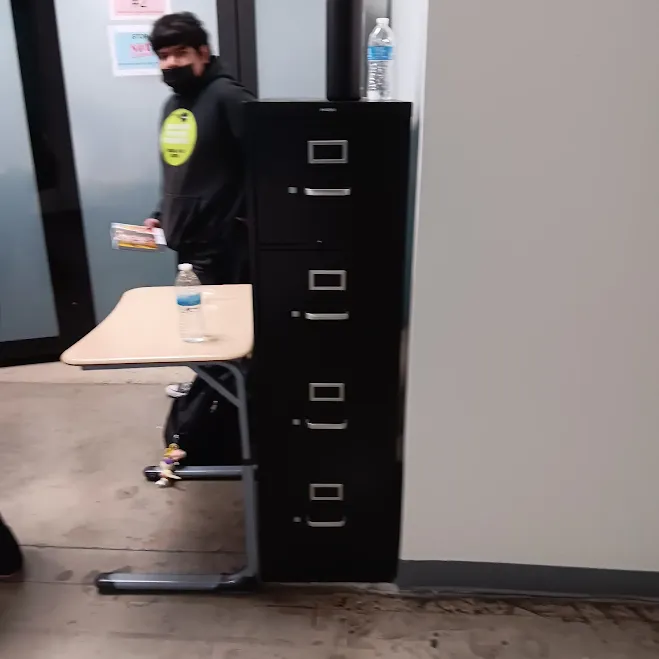School attendance is improving since the pandemic in California. Calmatters.org states that before the pandemic, 12% of students were chronically absent, but increased after the pandemic when about about 30% of students were chronically absent. During the 2023-24 school year, school attendance has improved but still not returned to pre-pandemic levels, with 20% of students now chronically absent in California.
The California Department of Education considers a student chronically absent if they miss 10% or more of the school days they have been enrolled.
According to Ms. Elvia, who manages attendance at AJMS, before COVID happened, 85-90% of students regularly attended school. However, when COVID happened and quarantine started more kids started to become chronically absent.
During quarantine the school contacted the parents of these students and tried to solve some problems students might have. Some students didn’t have access to the internet, computers or they were incoming students who didn’t know their account password, making it challenging for students to attend their online classes. After quarantine, students didn’t want to go to school because they got used to staying home.
Currently, only about 70% of students attend AJMS regularly.

Why students may be absent
Students miss school for a lot of reasons. According to Calmatters.org , one of the most common reasons is because of lack of transportation, but other reasons include having to care for younger siblings or work. In certain situations, some students stay home because of bullying, or they dislike their teacher. Since COVID, parents have also been more cautious with their kids when it comes to sickness.
What has been done to prevent absence?
Since the pandemic, many schools have been trying to get the percentage of absences to go down by using their COVID-19 relief money to “hire outreach workers, add bus routes, host pizza parties” to get more students to come to school. The COVID-19 relief money expired in 2024, so some districts are having to find ways to continue the programs.
The governor of California, Gavin Newson, signed a new bill for student attendance, SB691 (Senate Bill), that will go into effect on July 1, 2025. Content.acsa.org states that this new bill helps more students to have better attendance. SB691 changes some of the initial truancy letters that are sent to the students’ guardian when they are considered truant. It will now say that the school can help students and families to make strategies for the students to help improve their attendance by holding meetings.
This new bill could improve school attendance because the school can talk to the family about why the student is chronically absent and what problems the family might be having in order to help them.
Edsource.org states, research shows that when the student is physically present in class they learn best, and poor attendance leads to worse grades or well-being.
Conclusion
In conclusion, while student attendance in California has shown improvement after the pandemic, chronic absenteeism is still a problem because of issues like transportation issues, family responsibilities, and bullying. However, schools and our government are trying to help students attend their classes so that students can receive the education they need.






